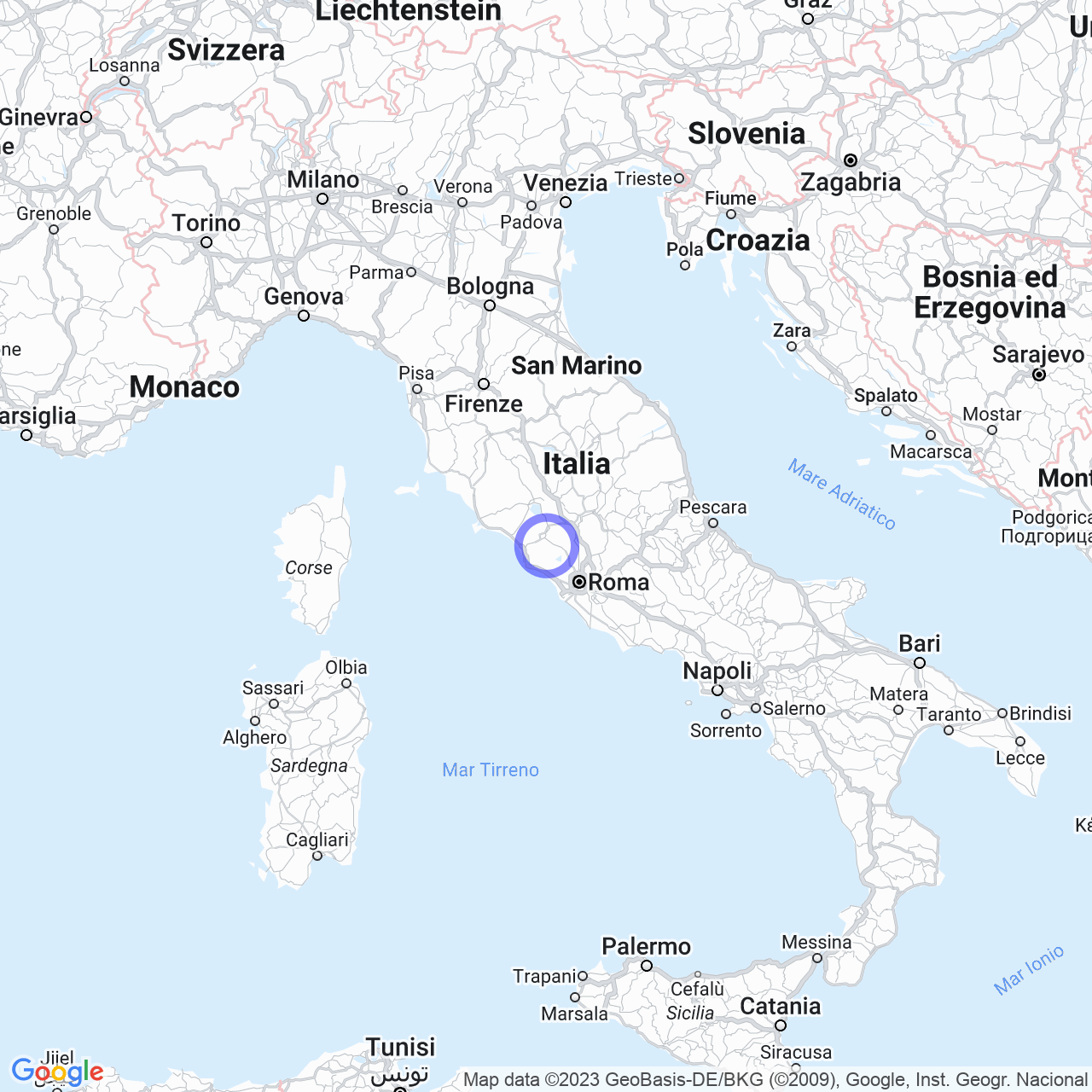Barbarano Romano
Let's discover Barbarano Romano together!
Hello everyone! Today I'll talk to you about Barbarano Romano, an Italian municipality in the province of Viterbo, located about 30 km away from Viterbo. With its 1001 inhabitants, Barbarano Romano is a small village surrounded by nature, located on the foothills of the Cimino-Vicano volcanic district (Cimini mountains).
The territory of Barbarano Romano
The agricultural center is located on a wedge-shaped tufaceous plateau, delimited by the confluence of two short tributaries of the Biedano stream. The climate of Barbarano Romano is classified as zone D, 2024 GR/G.

The history of the village
The volcanic elevation on which the village stands was probably the site of a village from the Bronze Age, as evidenced by numerous artifacts found at the foot of the acropolis. However, stable settlement dates back to the Middle Ages.
A pentagonal tower, remaining from a Lombard stronghold of the last Lombard king who, around 771 fortified Viterbo and the neighboring villages to resist the Franks of Charlemagne, stood almost at the end of Via Vittorio Emanuele until 1930. The main church of S. Maria Assunta indicates that it was built in 1280, during the vacancy of the papacy that followed the death of Pope Nicholas III. Barbarano was therefore part of the Lombard Roman Duchy which, following the donation of Liutprand in 728, had become the property of the Church in the eighth century.
The fief of the Anguillara passed to the Orsini in the fourteenth century and then to the Borgia in the fifteenth century.
Monuments and places of interest
Barbarano Romano consists of a first nucleus dating back probably to the tenth century, to which various buildings were added from the 13th to the 17th century. Currently, it constitutes an example of a medieval fishbone village, with a central main street flanked by two parallel secondary ones, elongated on the wedge between two gorges and closed, in the only stretch not naturally defended, by walls with quadrilateral towers with an open gorge dating back to the 14th century, further lined with a defensive wall towards the end of the 15th century with the addition of circular towers.
There are many religious architectures, among the most important we find:
The Church of the Crucifix, probably built between the twelfth and thirteenth centuries, has a single nave with two side chapels; it houses a remarkable wooden crucifix from the sixteenth century.
The Complex of Sant'Angelo, an ancient block that originally also included a cemetery. The Church, now deconsecrated, was built at the end of the thirteenth century; it is flanked by the former canonical house, the parish priest's residence, whose facade forms a whole with that of the church. The Archaeological Museum of the rock necropolis of Barbarano is now housed in some rooms of the complex.
The Church of Santa Maria del Piano, an ancient church from the thirteenth century rebuilt in the second half of the sixteenth century. Numerous frescoes have been brought to light during restorations in recent decades.
The Church of Santa Maria Assunta, the parish church, already in existence at the end of the eleventh century, has been rebuilt and modified several times, especially in the eighteenth century.
In short, Barbarano Romano is a small village that offers a total immersion in the history and culture of the past, thanks to the presence of numerous religious monuments that tell us the story of the different epochs that have crossed the territory.
In conclusion, if you like history and nature, I recommend you visit Barbarano Romano and discover together with me the wonders of this small village surrounded by nature.
